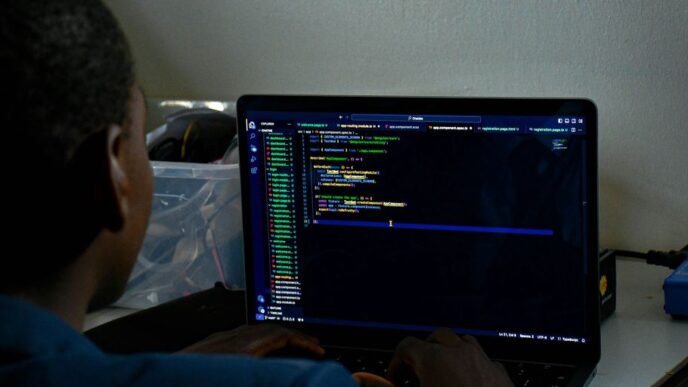Insights from Engineer Yulibeth Cruz Roque
In an industry as dynamic and crucial as energy, staying at the forefront of technological advancement is absolutely essential. Over the past few decades, the energy sector has experienced sweeping transformations, especially in the realm of instrumentation and control systems.
Ms. Yulibeth Cruz Roque has spent over 17 years honing her expertise in this sector, and she’s exceptionally well qualified to provide a firsthand perspective on this evolution. She’s worked as a Control Systems Designer, Lead, and Engineer, and served as an industry expert and judge in the 2023 Globee Awards.
Revolutionizing System Design with 3D Modeling
One of the most profound changes Ms. Cruz has witnessed is the adoption of 3D modeling in system design. “3D modeling has redefined our approach to designing control systems,” she emphasizes. In sectors such as Liquefied Natural Gas (LNG) and petrochemical facilities, where precision is paramount, 3D models provide a clear and detailed visualization of how systems will integrate within an infrastructure. This aids in the accurate placement of instruments and also predicts and mitigates potential operational challenges, ensuring that systems are both efficient and safe.
Software for Elevating Precision and Efficiency
Ms. Cruz’s expertise extends to an array of specialized software tools, including S3D, AutoCAD, Microstation, and SmartPlant Instrumentation. These tools, she explains, have been game-changers. Advanced software solutions enable meticulous design, from the planning and design of the infrastructure of the plant to crafting instrument and equipment location plans. It also enables instrument installation details as well as the creation of the instrument wiring and the development of intricate control loops.
“Software tools allow us to perform intricate tasks with unparalleled precision,” says Ms. Cruz. “For instance, SmartPlant Instrumentation allows us to facilitate the efficient design and the management of instrumentation and control systems of different industries, ensuring accurate and consistent data across the instrument system. It starts with design and installation and includes maintenance and decommissioning, offering data integrity and accessibility throughout. This serves to reduce human error, and it can significantly speed up project timelines.”
Integration of IoT and Advanced Sensors
The integration of the Internet of Things (IoT) and advanced sensors in instrumentation has further enhanced real-time monitoring and predictive maintenance. Ms. Cruz highlights how these technologies allow for more granular data collection and analysis. “Today, we can predict equipment failures or inefficiencies well before they become critical. This reduces downtime and ensures that the critical facilities such as energy operate at optimal efficiency,” she adds.
Safety First With Hazard Mitigation
Given the potentially hazardous nature of the energy industry, especially in sectors like petrochemicals, safety remains a top priority. Ms. Cruz’s work has gone much further, and she has been involved with the Mechanical Pressure Protection System (commonly called as HIPPS valves). “These systems,” she explains, “are designed to prevent overpressure, so that facilities remain safe even under unexpected operational anomalies, without minimizing steps that also are designed to protect personnel and the environment.”
Incorporating advanced control systems in safety protocols means potential threats can be identified and mitigated swiftly, often without human intervention. In an industry where a single oversight can lead to catastrophic consequences, such advancements are not just innovations; they are necessities.
The Future of Instrumentation & Control
While reflecting on the past and present is insightful, Ms. Cruz is also keenly focused on the future. “The energy sector is on the cusp of even more radical transformations,” she predicts. With the advent of AI and machine learning, she foresees control systems becoming even more autonomous, capable of self-optimization and self-correction.
Moreover, as renewable energy sources become more prevalent, the instrumentation and control mechanisms for these sources will also need to evolve, offering a new set of challenges and opportunities.
A Continual Evolution
Instrumentation and control systems, though often behind the scenes, are the linchpins of the energy sector for accurate and precise control. As Yulibeth Cruz Roque’s expertise reveals, these systems have undergone monumental shifts, with each evolution dedicated to improving efficiency, accuracy, and safety.
“Instrumentation and control are more than just technical processes; they are the heartbeat of the energy sector, making sure that it operates seamlessly, safely, and sustainably,” Ms. Cruz says.
As we move towards a future of ever-increasing energy demands and complexities, the insights and expertise of industry stalwarts like Ms. Cruz will be indispensable in guiding the way forward.
Learn more: http://www.linkedin.com/in/yulibeth-cruz-75571063













